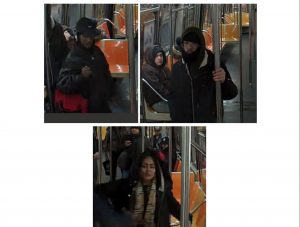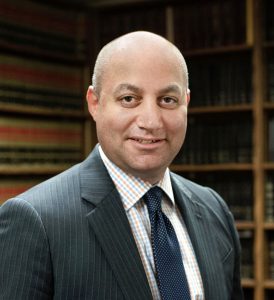It’s been nine months into the coronavirus pandemic and most American children have not yet returned to classrooms, disrupting the lives of families and teachers and fueling concerns about the long-term impact on the development of youngsters.
Victoria Mendez — a cleaner of Mexican origin who lives in New York City — had hoped to see her 14-year-old son’s school reopen after Christmas, but, with infections soaring, she no longer believes it will happen.
“The situation is very stressful. He no longer studies,” says the 53-year-old, who is raising two children on her own, AFP reported.
When Mendez leaves for work — just three days a week after she lost her full-time job because of the pandemic — she worries whether her youngest son is in fact going online for his remote lessons.
Noelle Cullimore’s son, who suffers from attention deficit hyperactivity disorder, lost the extra educational and psychological support he used to receive before the pandemic.
He has returned to school two days a week recently, which his mother says has helped, but she still fears that his spell without in-person teaching will leave “a huge gap in his education.”
Even families whose children don’t suffer any particular difficulties worry about the effects of their prolonged absence from classrooms.
The reopening of her nine-year-old daughter’s school can’t come soon enough for Amy, a well-off New Yorker.
She believes that although her daughter took easily to wearing masks and attending birthday parties on Zoom, children have “lost the routine of life.”
Teachers seem even more tense than parents. Maggie Mock, a teacher from Phoenix, Arizona, has only taught virtually since March for fear of catching the virus and infecting her family.
Despite her 11 years of experience and dedication to her profession, the 35-year-old, a mother herself, considered resigning “multiple times.”
Mock says she has been left weary by having to master new digital tools and by authorities reversing their decision to reopen schools, a move that meant she was temporarily given new students, doubling her workload.
“It was exhausting. I was not sleeping,” she said,
Now feeling a little happier about the situation, Mock is particularly worried about her students. She has 24 of them but rarely sees more than 18 online at any one time.
“Where are they?” she wonders, after trying in vain to contact their parents.
Mock says children can evade attention more easily when classes are virtual.
“I have never had a student refuse to do something when they are in front of me — they just don’t have the option. But with remote learning, they get by, they just don’t have the pressure.”
The ones who check out are the ones whose parents aren’t following their child’s online education closely, Mock laments.
Parental disengagement is often a symptom of socio-economic disparities that have been exacerbated by the pandemic, including access to health care and the internet, experts stress.
A McKinsey & Company study published this month estimated that after just a few months of an all-virtual education, Black and Latino students were on average three to five months behind at mathematics, compared to between one and three months for whites.
Increasing disparities, coupled with European countries reopening schools despite a resurgent pandemic, is fueling debate about reopening schools.
Since September there has been a trend towards face-to-face teaching, according to the website Burbio, which is tracking school reopenings.
Its analysis of America’s 13,000 school districts, all of which are free to choose whether to reopen, found that 48% of children were doing virtual schooling this week, down from 62% at the beginning of September.
New York has been leading the way among major cities. It reopened elementary schools for part-time, in-person learning last week, despite the virus surging, and promises to have the city’s youngest children back in classes full-time soon.
But in a decentralized country like the United States, where school districts have unequal resources, there is no one solution suitable for all schoolchildren, says Megan Collins, joint head of a health-in- schools program at Johns Hopkins Universities.
“It’s the nuances with resources and geography and COVID transmission rates and availability of testing,” that help inform whether children should be back in classrooms, she said.
Nicholas Wagner, a child psychologist at Boston University, says the priority for returning to school full-time should be given to those who lose the most from learning online — younger children and the underprivileged.
“Almost the way the vaccine is being distributed — people who are the most at risk get it almost immediately,” he said.






